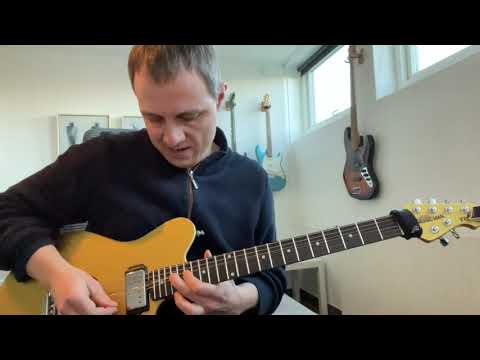I have quite a lot of experience with the Line6 Helix product family, and when the discussion pops up around here I often recommend the PodGo as one of the best mid-priced multi-fx units. I promised @TheMadman_tobyjenner to go into a bit more details on my thoughts, especially how it compares to the other products in the line up.
I might split this into a couple of posts, because I think it will both be a bit of “review” mixed with a bit of “starting tips”.
So, as of right now, I believe there are the following variations of the “Helix” modelling platform;
Helix Floor, Helix LT, HX Effects, HX Stomp, HX Stomp XL, Helix Native… and the (strangely named) PodGo.
So no wonder it can be confusing (and hard) to choose the right one to get. But all of these units operates from the same basic principle; you build up a signal path, starting from a guitar input and ending at a final mono/stereo output, by connecting “blocks” together in a string. A block can then be anything from an overdrive pedal to an amp model or an effect like reverb or delay. Each block has a set of parameters to allow the user to tweak the sound, much like a real amp or a physical stomp box.
It is however super important to understand that all the hardware (and software) variations of the Helix sounds exactly the same, when using the same blocks and settings! And, for the most part (HX Effects is special, but let’s ignore that for now), it is the same set of blocks that are available on all of the units. The differences between the variations are instead these;
- Processing power (DSP power) - how many blocks can the hardware handle at the same time within a single preset
- Flexibility in routing - are you limited to “just” a single linear path, or can you set up things like dual-amps or parallel effects routing etc…
- Physical interface - how many buttons and expression pedals is on the hardware. Does it come with the (very cool) “Scribble Strip” tech?
- IO - does it have midi, XLR, how many effects loops, support for additional expression pedals etc etc. Can it do amp channel switching (perhaps important, if you want to run it 4cm with a real amp)
I know I’m repeating myself here, but I want to make it absolutely clear;
If you just want to set up something like a Fender Twin model, perhaps with an OD in front and some nice reverb/delay in the (virtual) amp loop… then that preset will really sound exactly the same on all the units! You don’t get any sound quality benefit from buying the big flagship unit.
So this is the reason why I tend to recommend the PodGo specifically. I think it has the best overall set of physical features (buttons and an expression pedal) compared to the price.
HOWEVER - in the following posts I’ll try to show exactly where its limitations are… and there are some limitations, and enough of them that I would not be 100% satisfied with it as my main unit for playing with a band.
Before doing that though, I’ll quickly describe a cool feature called “Snapshots” that the Helix platform has (in an upcoming post…)




